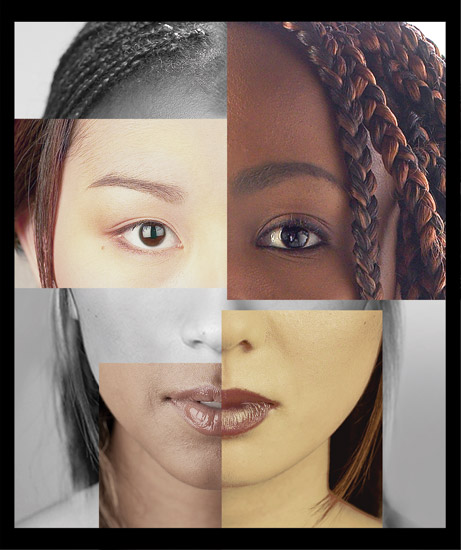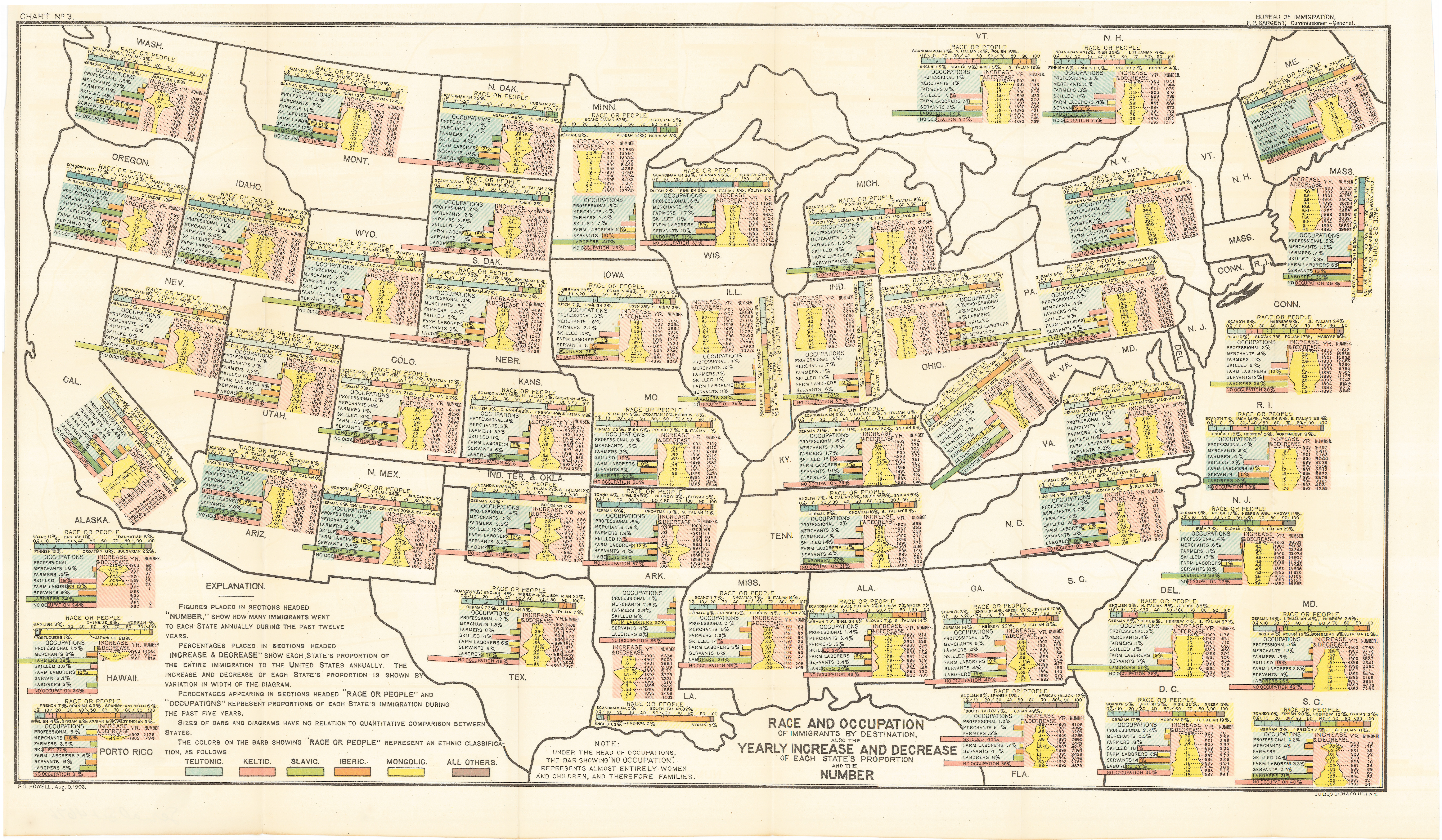The inconsistencies complicate the Census Bureau’s longtime attempts to improve accuracy of such data
Almost 10 million Americans changed how they identify their race or ethnicity when asked by the Census Bureau over the course of a decade, according to a new study, adding further uncertainty to data officials already consider to be unreliable.
Using anonymized data for 162 million Americans who responded to census surveys in 2000 and 2010, researchers at the University of Minnesota and the Census Bureau concluded that self-identified race and ethnicity are fluid concepts for millions of Americans.




